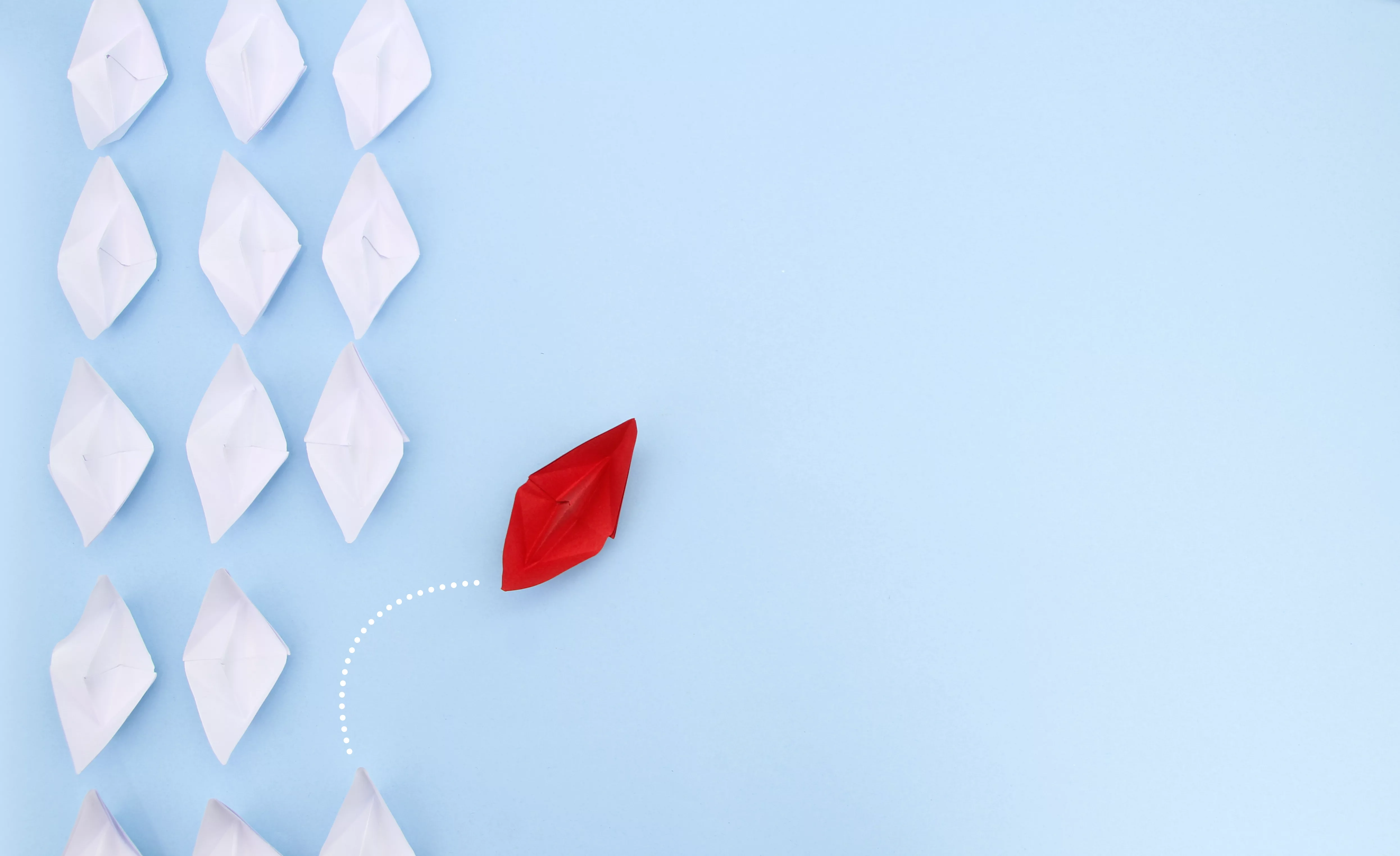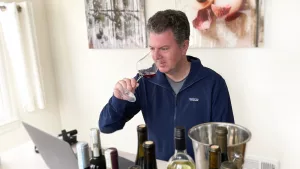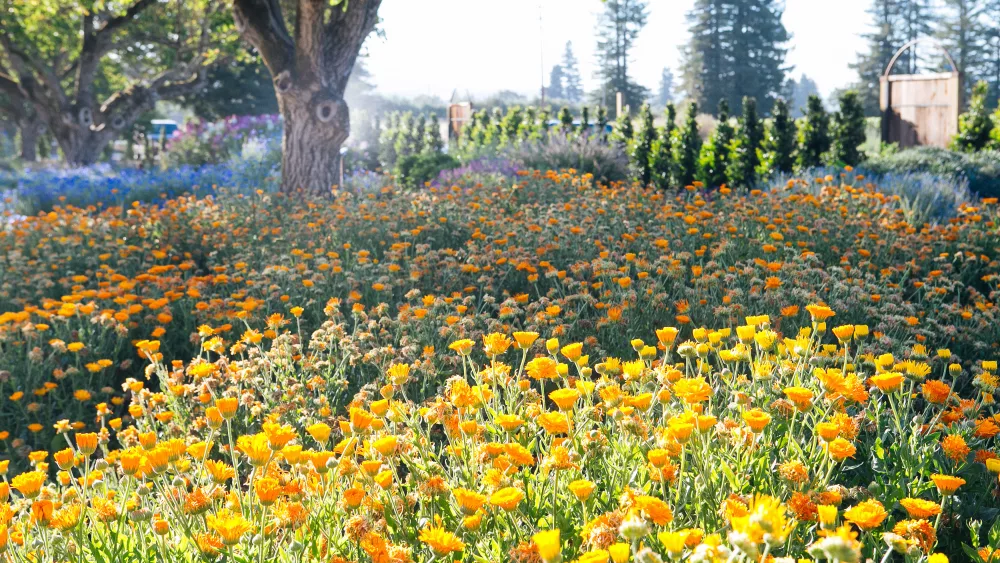
“The pioneers are where the change comes from.”—Alder Yarrow, Bay Area wine blogger
The wine industry needs to pivot again, say North Bay wine growers and wineries, frustrated by bleak forecasts for wine grape and wine sales from the January 2024 Unified Wine & Grape Symposium. Industry leaders are turning away from solutions that had been effective early in the pandemic. Direct to consumer (DTC) orders have dropped because of general rate increases from carriers like FedEx and UPS. And demand and profit margins for high-priced, leisurely tastings are down, due to an increase in food and gas prices.
Local industry leaders are currently exploring ways to solidify bonds with growers and wineries throughout the state. A unified front for the California wine industry can help the state remain strong in the American wine market, especially as other states expand wine production.
“What happens in Napa especially resonates everywhere else,” says Paul Mabray, former CEO of Pix.wine, a Napa-based online wine discovery platform.
“Right now we’re learning how to market Napa and Sonoma wines, and wine in general, to customers who are not coming to wine country in the numbers they used to. We’re underinvesting in marketing in comparison to other categories of alcoholic beverages, like beer. Spending more money and energy on acquiring new customers who don’t visit wine country is the new imperative,” says Mabray.

“Restaurants are back in full force since people want to go out again. If guests have a positive experience, that increases brand awareness. Wineries that learn more about restaurant guests develop opportunities to market through email and social media,” says Michael Jackson, vice president of sales and marketing of Rutherford Wine Company in St. Helena.
The caché of the names “Napa” and “Sonoma” means there is always a place for North Bay wines, says Gina Schober, owner of Vinifera Wine Marketing in Napa.
“Pinot noir from Sonoma County and cabernet sauvignon from Napa County are known as top of the line. Right now, we’re representing several local wineries in talks to offer their wines in grocery stores,” says Schober.
Schober says the key is weaving interesting stories into online experiences for customers and tastings for buyers.
“All customers who buy wine, from those who buy at grocery stores to those who buy on online marketplaces, want an emotional connection to the winery, the winemaker and their stories. We emphasize how the wines are made, the care that’s given to the wine, and how the owners came by the land,” says Schober.
Ideas for the current market
It is not a surprise that wine sales are low and lag behind other categories of alcoholic beverages. Data in the 2024 “State of the U.S. Wine Industry ” report from Rob McMillan, executive vice president and founder of Silicon Valley Bank’s wine division, is in line with information from previous reports from the past few years. The wine industry is still overproducing. Sales growth continues to trend down in traditional wine countries, including the U.S. The question is what consumers want to see from wine as a category.
“The primary purpose of wine is to enjoy conversation with other people. We deliver joy in a glass. We need to start treating wine as a beverage to enjoy instead of something to be admired,” says Mabray.
Ben Varquez, managing director of Youth Marketing, a Washington, D.C.-based marketing firm, says younger people feel pressure to buy the right type and quality of wine.
“That is not a good feeling. They also want to avoid overindulging or ‘waste’ by buying something they don’t like,” says Varquez.
One solution is smaller containers like pouches and cans. Another is easier-to-open containers like screw top bottles, which do not require specialized equipment like a corkscrew.
“Younger audiences appreciate peer recommendations online, from social influencers and younger writers. They want to be able to learn about wine without feeling like they made a mistake,” says Varquez.
Wineries can benefit by tying their beverages more closely to home cooking, prepared foods and restaurant visits. Food is one of the most popular topics in every form of social media, from online forums to TikTok video clips. Content that features wine as an element to elevate dining is likely to be a conversation topic. The featured dish can be anything from a small bite such as a birria taco to a centerpiece like a quiche for Easter brunch.
Celine Chai is the co-founder and CEO of NinetyEight, a Los Angeles-based marketing agency that creates collaborative relationships between brands and Gen Z. She encourages wineries to feature wines that consumers have already seen online, at work and at personal social gatherings. A winery can accomplish this by taking consumer feedback into consideration, asking in-person guests about what wines they have seen before or collect data through social media.
The next step is for a winery to work with a marketing agency to introduce fresh concepts that bridge the gap between wine and young adults. For example, a winery could post tips for the best sauvignon blanc picnic pairing on social media. Promotions could range from selling a winery-branded portable wine chiller to a complimentary pair of white chocolates to enjoy with the wine.
Chai, who is a part of Gen Z, also advocates for creating social spaces to enjoy wine. She is a member of the wine club for Pali Wine Co., a Lompoc-based winery that has established lounges in Santa Barbara, Los Angeles, Anaheim and Hillcrest.
“A person who lives in one of these cities can go to their local downtown wine lounge. This is a great setting for happy hour, bar bites and games with friends or family. I like to sample and learn about wine through flights or a single glass,” says Chai.
Addressing wellness and ‘theater’

Responses include selling wine in smaller than standard containers, like 375 ml, dealcoholizing wines to make them low-alcohol or no-alcohol, and offering wines to celebrate dates to mark the close of abstention periods, such as Easter Sunday.
“The wine industry should work on emerging guidelines from the U.S. Food and Drug Administration. The idea is to explore new ways for consumers to stay within recommended limits,” says Dale Stratton, managing director of Azur Associates, a Napa-based marketing and financial advising firm.
Stratton is also an analyst for the Wine & Spirits Wholesalers of America. This position involves gathering information and making findings for SipSource, a wine and spirits database with information about over 60% of wholesale products by volume from distributors in 50 states. SipSource’s 2024 market outlook states there are more diverse consumers than in past decades. Recently this audience has concentrated on spirits more than wine.
Consumers are excited about other drinks because there are so many choices to explore. The list includes hard kombucha, hard seltzer, bar-made and canned cocktails, cider and a huge range of craft beers. Wine’s no-alcohol competition spans new no-alcohol beer, spirits and apéritifs to cannabis-infused drinks. Health-conscious venues also sell teas, flavored water and probiotic sodas.
Promoting wine as a category can involve developing interesting and novel experiences that are wine-specific. These include educated servers enthusiastic about wines and glassware, glasses to showcase unique features of certain wines, like aroma and bubbles, and foods and merchandise designed to complement wine. Wine industry leaders benefit from supporting wine-related training, diversity hiring, culinary experiences and efficient packaging.
North Bay professionals can lead the industry by improving wine quality in accessible containers, says Tim McDonald, founder of Wine & Spirits Spoken Here, a Napa-based marketing firm.
“Over the past 20 years, Trinchero Family Estates greatly improved the quality of the bag-in-box wines it produces for Target, as the store’s house brand Wine Cube. Such options help consumers who cannot afford expensive bottles of wine enjoy popular wines, especially in group settings,” says McDonald.

North Bay industry leaders are committed to continually evaluating the costs and benefits of attending international trade shows. They can also explore avenues like the U.S. Department of Agriculture’s Market Access Program , which expands opportunities for American exports around the world.
At the same time, North Bay wineries can continue traditional marketing efforts like promoting tastings for newlyweds in the drive-in market. Such experiences build memories and may lead to return trips for family celebrations.
One of the region-specific hurdles for North Bay wineries is the struggle to create unique advertising. There are hundreds of wineries in Napa and Sonoma counties. Many use the same descriptive phrases, such as “boutique” and “family-owned,” according to Brandt Hoekenga, founder and creative director of TIV Branding, a Santa Rosa-based creative agency.
“A new angle will drive demand for a winery’s best products. This is what Russian River Brewing does with products like Pliny the Younger. Starting a trend for certain wines would open the door to sharing other wines,” said Hoekenga.
North Bay wineries can also realize an advantage when they learn how to create good vibes for word-of-mouth campaigns.
“When you’re hosting a regular event, like a concert series, the staff has to be friendly and thoughtful. The music has to be good and the food and wine have to be high-quality. That’s how Hook & Ladder Winery in Santa Rosa got us to engage with their brand on a regular basis,” said Hoekenga.
Marketing online and far away
Two bright notes from McMillan’s report were total premium wine sales by value are set to improve and premium wineries will take small bottle increases in 2024. Working with an online marketplace can help a North Bay winery reduce the financial hit of higher shipping costs.
Will Pearson is the co-founder and co-CEO of Scalero, a San Francisco-based marketing firm. He has experience with Vivino, a San Francisco-based digital wine sales company. This is because Pearson worked in different capacities for Vivino for four and a half years before founding Scalero. Pearson sees selling in volume through online marketplaces as a strategy to secure a following.

In 2022, Pearson relocated from the Bay Area to South Carolina. He says online marketplaces educate consumers in areas where the wine industry does not have a visible presence.
“In the Bay Area, we take the level of familiarity with high-quality wines for granted. Outside California and other wine-producing states, especially beyond major cities, consumers may only find a few amazing wines on the shelf. Any information online about these wines and the wines possible to ship to their state is helpful,” says Pearson.
Glenn Proctor is a partner and broker for The Ciatti Company, a bulk wine broker in Novato. He says North Bay wine grape growers have an advantage in marketing their grapes and wines elsewhere.
“Mendocino, Napa, and Sonoma bulk wines are not perceived as low quality, even with a multi-year streak of oversupply. In addition, traditional wine grape sellers are now expressing interest in making bulk wine. This gives them flexibility, but they are taking on additional risk. Doing so allows them to reach more buyers,” says Proctor.
Proctor adds that in 2023, tasting room visits appeared to decrease. Yet the ring, or money spent per visitor, went up.
“The ‘pantry stuffing’ trend from the early part of the pandemic is over. Consumers are currently looking for certain wines and appellations they know will deliver. That’s one reason you will see buyers pay more for a wine with a Sonoma County appellation than a California designation,” says Proctor.
Perspectives from growers and new wine trends
North Bay wine grape growers are having an extremely hard year. They are frustrated with current conditions because lower profits push them to sell acreage or pull vines. Kevin Rogers is the manager of North Coast grower and buyer relations for Allied Grape Growers. He says Allied members in Alexander Valley are now discussing whether to remove cabernet sauvignon vines.
“There’s a lot more cab than the market is looking for. We’re getting calls from many Sonoma County growers who want to join Allied to help them sell their grapes. We’re putting them on a list. This is because we have to sell the grapes from our current growers first,” says Rogers.

“The cost of everything related to agriculture has risen in the past five years. Fertilizer and diesel went up. There has been a 25 to 30% increase in the cost of labor. If growers are not getting enough for certain grapes, later, you will see less of those grapes,” says Rogers.
Jackson says there are exceptions.
“In 2020, we did not produce cabernet sauvignon because of the Glass Fire and the start of the pandemic. But we’re really excited about the excellent harvest and quality for the 2023 cab. We think it will be an epic year when it comes to scoring,” says Jackson.
Cindy Leonard, executive vice president and general manager of fine wines for Southern Glazer’s Wine & Spirits, says there has been an increase in consumer interest in sustainably and regeneratively farmed and produced wines, especially in the $15 to $25 range.
“Although still a small category, there is a strong percentage in orange wines. When placed correctly on the shelf, [they] can be an alternative to white, as opposed to being merchandised in the rosé section. As for pét-nat wines, we are seeing more and more of these wines appearing on beer- and wine-licensed lists—certainly those that appeal to the younger, curious and adventurous consumer,” says Leonard.
Leonard adds there is also a great deal of excitement about Napa Valley sauvignon blanc. Growers are saying this is the “vintage of the century” because of 2023’s long, cool growing season.
Alder Yarrow, the Oakland-based author of Vinography, a wine blog, says tastemakers and sommeliers who express excitement for new wines are integral to driving demand.Wine sales may be relatively low now, but every year, there is a new group of young adults who turn 21 and start to explore wine. There are also many older consumers who have tried a wide variety of wines and want new products.
“The climate is continuing to warm, offering California wine grape growers the chance to experiment with Greek, Portuguese and Spanish varietals. There is an important place for writers experienced in the wine world to share information about ‘fringe wines,’” says Yarrow.
Yarrow adds experimentation by small growers and winemakers helps the wine industry from leaning conservative. Growers and wineries usually move forward with wines that have sold well before.
“Most of the time, it’s a tiny producer or a winemaker acting on their own who makes a hundred cases of an uncommon varietal, like Trousseau. As this wine becomes popular, they refine their technique and find more vineyards. The pioneers are where the change comes from,” says Yarrow.




